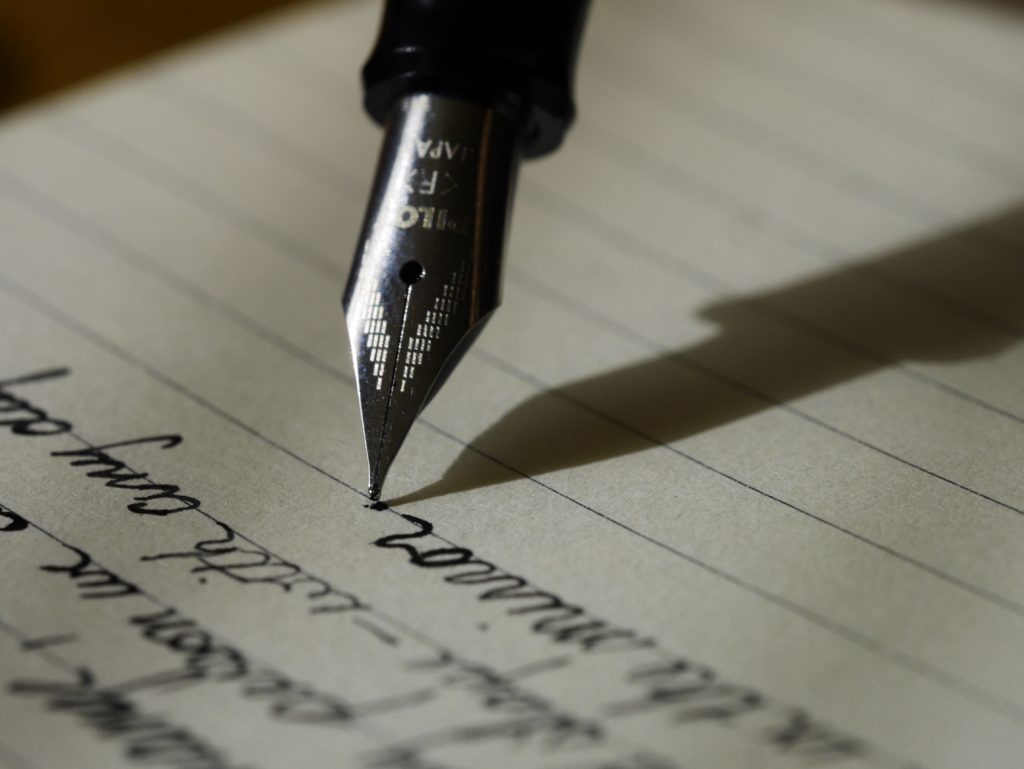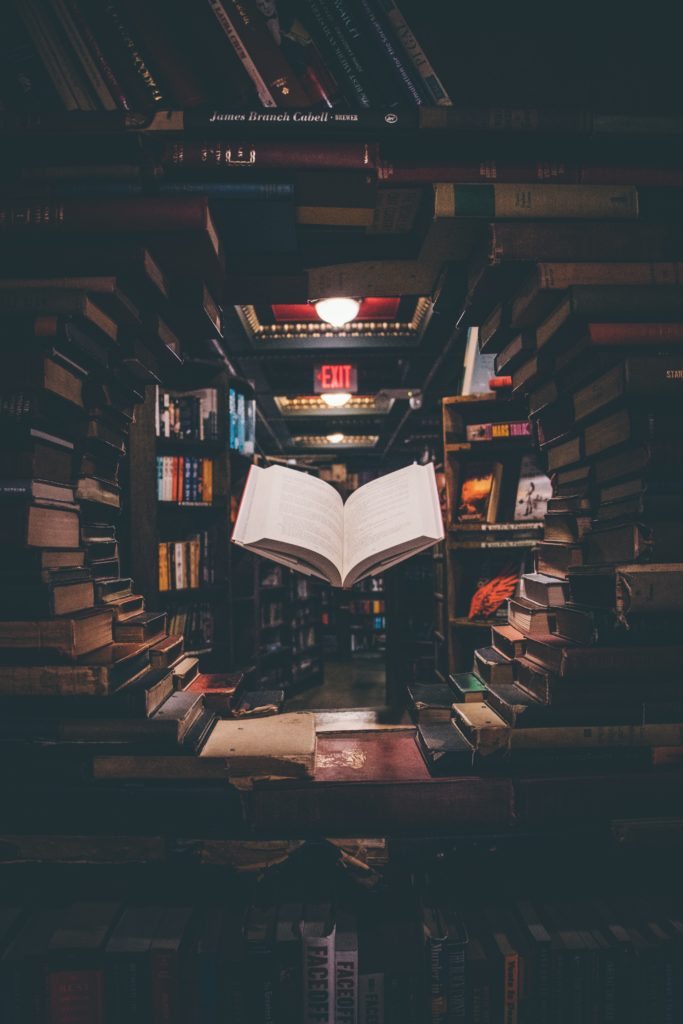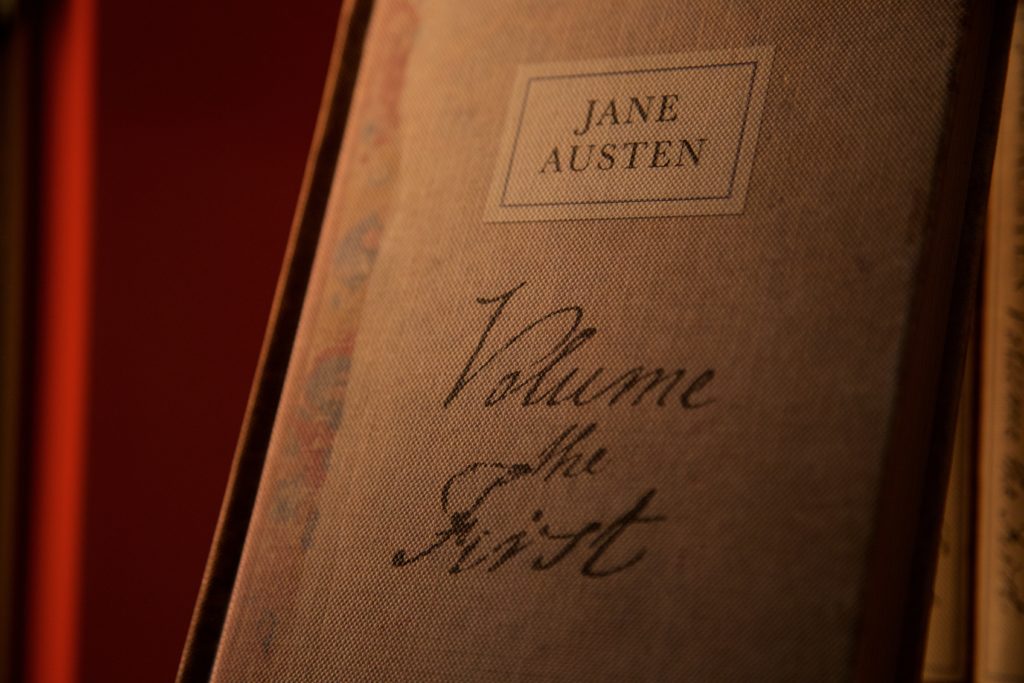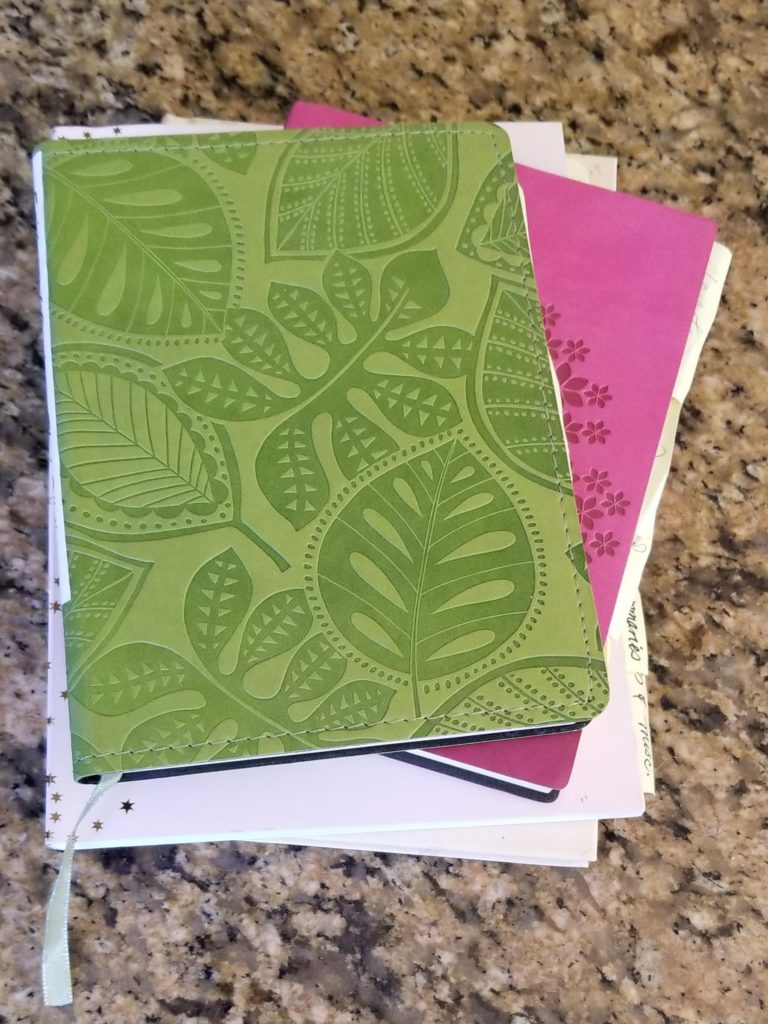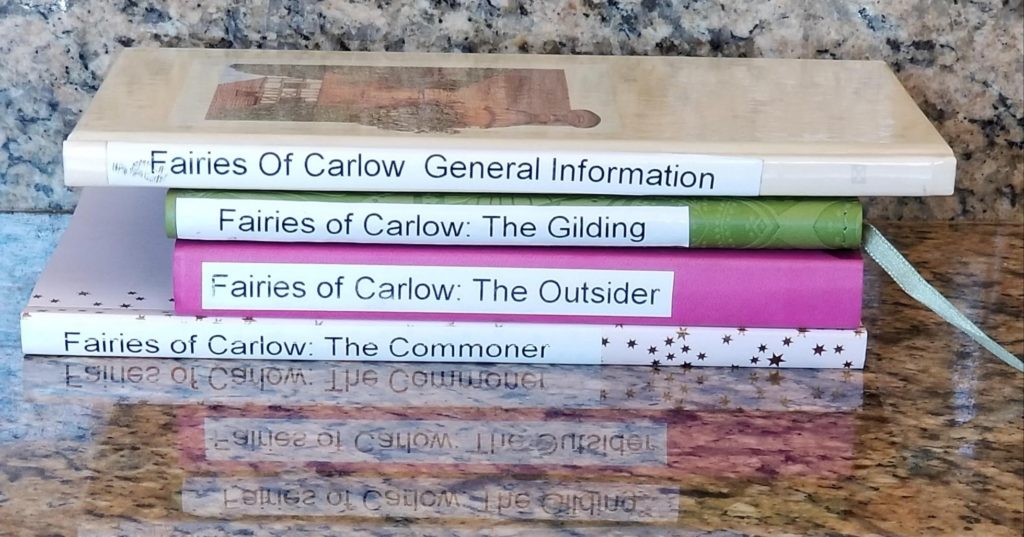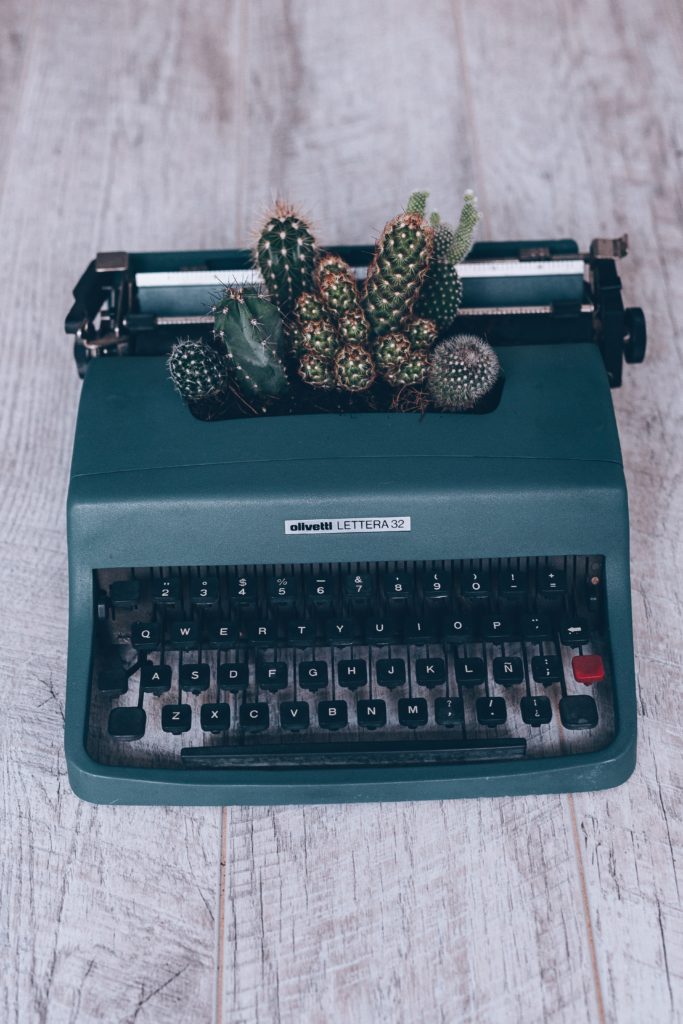
How many drafts does it take to finish a book?
The answer is different for everyone.
I know of a bestselling author who sends her first draft to her editor, who then helps her craft it into another bestseller.
But that’s not real life – at least not for me.
Nope.
It takes many, many drafts for my happiness meter to go up. My first draft is a thin, uninspired plot. Then I add the muscles, tendons, and ligaments to that skeleton. With each draft, I fall more in love with my hero and want to befriend my heroine.
The magic comes after I’m happy with the plot and get sick of my characters. That’s when I can look at the dialogue and the plot with clear eyes. Once I rip those ‘rose-colored glasses’ off, I can see everything without bias.
I’m there in my current book. That’s when I need to force myself to go through the book again. It takes a lot of energy to make it through, but, to me, this is the most valuable draft, since I can find plot holes, stilted dialogue, and general weirdness that I may have overlooked during my love affair.
I urge you to write your horrible first draft and then add to that bony skeleton during the subsequent draft(s).
Perfection is not the goal when you write the first draft. Sonja



